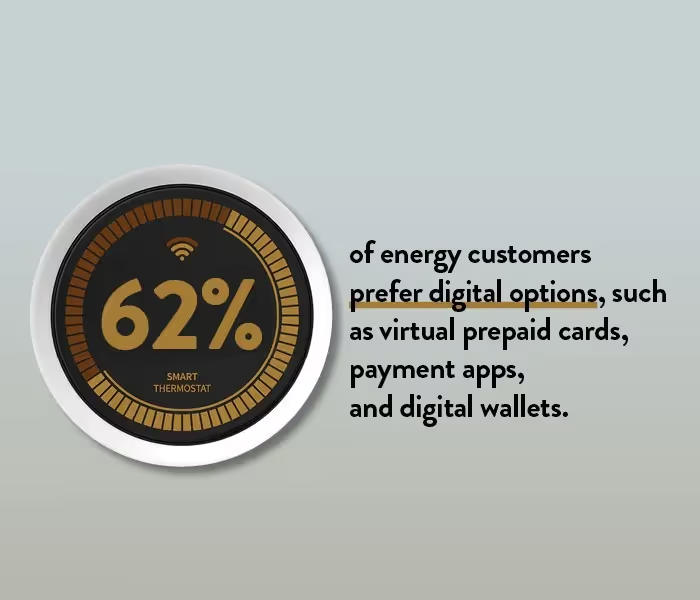Want to Simplify Your Payment Strategy? There’s A Payments API for That.
Unlock the potential to streamline your payment strategy effortlessly and discover the benefits of Payments API to simplify your financial transactions.

Today’s digital economy runs using payments APIs. You’re likely already aware that an API-driven approach to innovation is behind the way companies such as Uber, Airbnb, and Booking.com harness existing products and possibilities, using them as building blocks for creating seamless, connected experiences. Today, companies don’t have to build everything from scratch but are able to draw from a rich array of endpoints that can be customized for their needs.
But APIs don’t merely serve as a launchpad for tech companies to build on—and with—combinations of existing functionalities. They enable businesses in any industry to offload non-core services to third parties and ultimately achieve smoother, more integrated processes, whether that’s internally or customer facing.
As the CTO of a payments company, I’m obviously a little biased, but I think payments are one of the best examples of how any business can benefit from the API economy. It’s no accident that Stripe, which provides payment processing primarily for e-commerce and mobile commerce companies, is one of the earliest and largest API-first companies, enabling anyone to plug in ready-to-go acquiring functionalities. Stripe succeeded in removing the complexity of payment acceptance from the business equation for millions of organizations, from direct-to-consumer start-ups to companies as large as Amazon.
The same principles apply to making corporate disbursements: a set of processes that impacts virtually every business. Many fintechs, including Onbe, offer digital payment systems and services to businesses in more traditional industries, from utilities to automotive companies. These organizations tend to be in the process of digital transformation but aren’t always sure where they can most benefit from using third-party payments APIs or developer services to enhance or replace their corporate payment systems to boost efficiency and profitability. Taking a closer look at how they pay employees, contractors, customers, and other recipients is often a good next step in the digital journey for these businesses. After all, even large organizations don’t always make it a priority to rethink how payments workloads are handled, instead continuing to rely on legacy payment methods and cumbersome processes. So, they miss the opportunity to not only make everyone’s jobs easier but add value to every payment.
By integrating third-party services, it’s often possible to achieve added capabilities that would have required too much time and resources to develop in-house, such as real-time payments that put funds in customers’ hands faster or analytics dashboards that enable companies to glean customer insights from payments data. Fraud management services help protect businesses and payees, and escheat management tools eliminate the substantial administrative burden of handling unclaimed funds compliantly. Thanks to the payments API economy, modern businesses can achieve a more performant, streamlined, and scalable digital payment system without needing to reinvent the wheel. Most importantly, they can customize and integrate payment tools for an easy-to-deploy disbursement solution that feels tailor-made. No matter the need, there’s likely a payments API that can help you make it happen.
At Onbe, we are very serious about making it easier for our customers to develop against our platform. We dedicate full agile teams to improving the developer experience and delivering value to our customers through an API-first approach. That means making it easier to access, develop, and test our payments APIs, and putting the full power of the cloud into making sure our APIs are secure, efficient, and easy to work with.
As businesses continue to revise their understanding of the API economy as more than just the province of tech companies and mobile apps, more and more non-tech organizations are recognizing the countless business areas that can be improved and simplified via APIs. Payments may not come first in most organizations’ digital transformation strategies. But if you’re looking to achieve significant organizational impact relatively simply using third-party services, reimagining your payment processes is the perfect starting point.
Suggested Posts
Talk to a payment expert
Ready to learn more? Let's connect to discuss our payout options.











